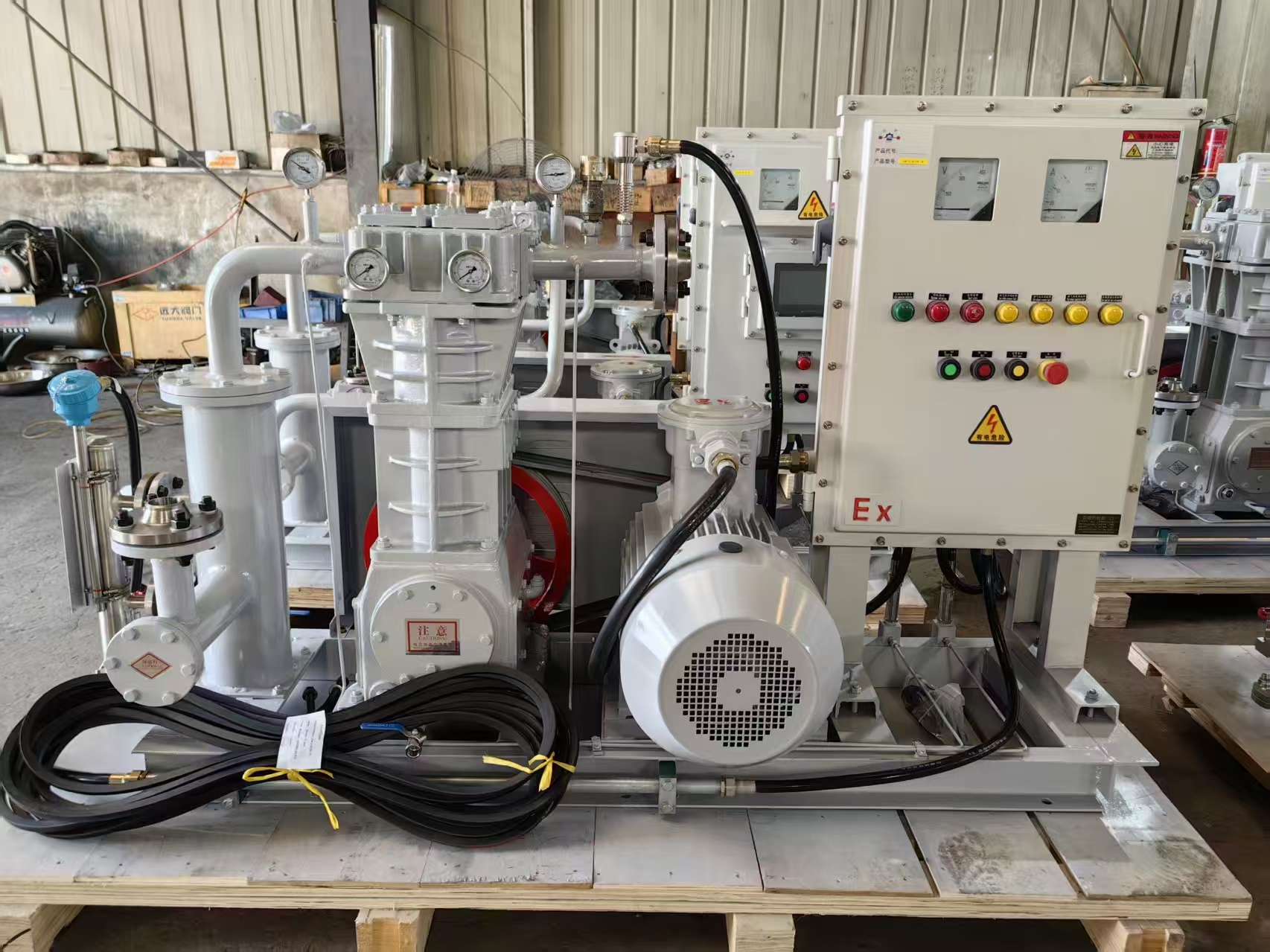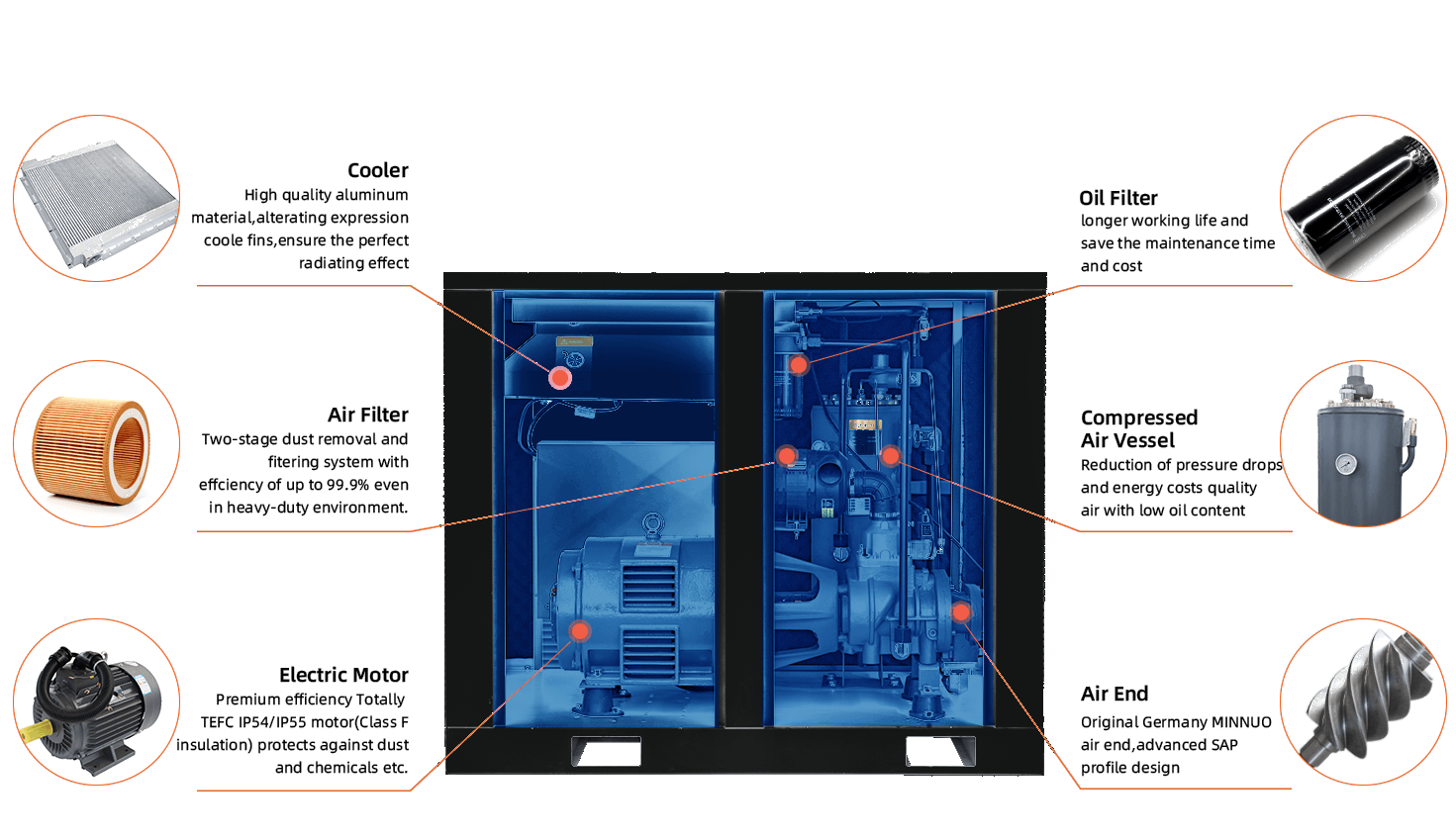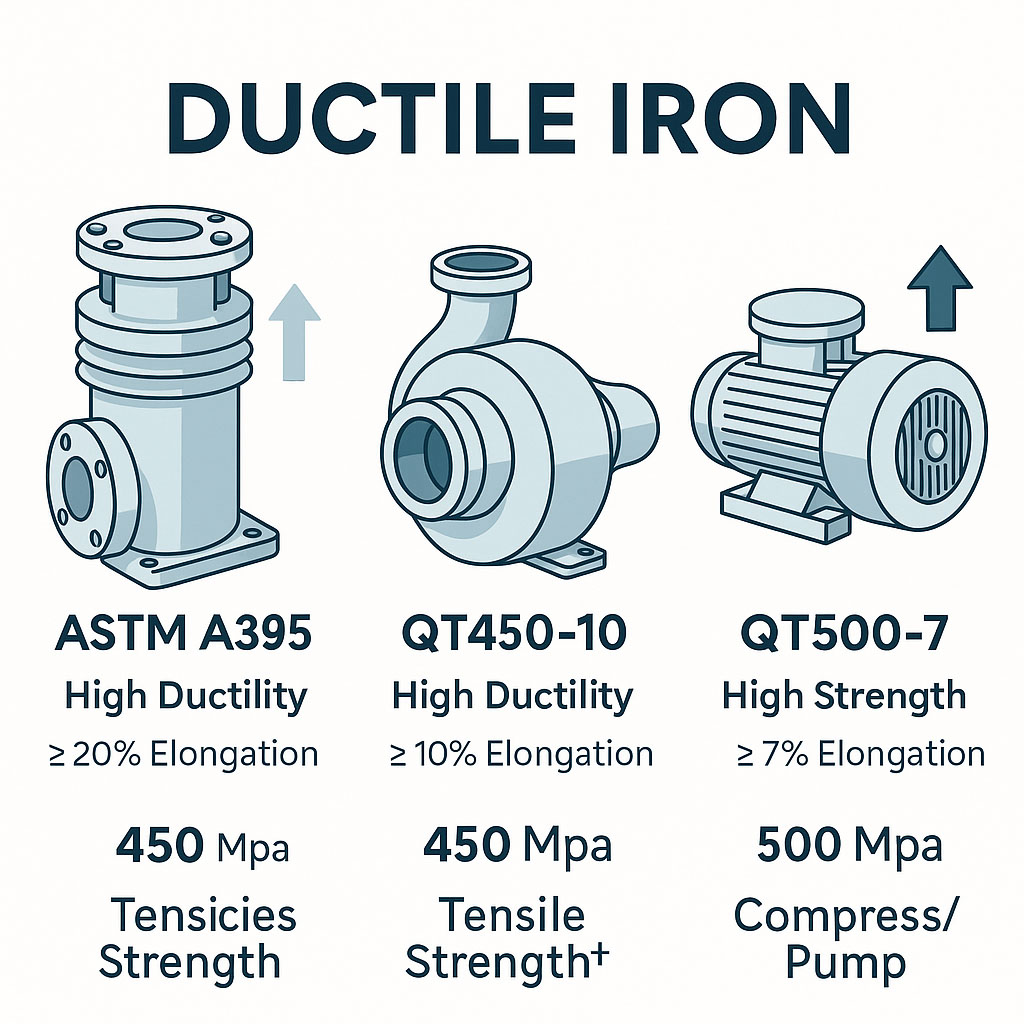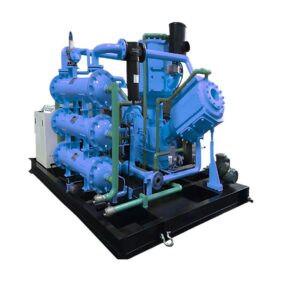산업용 공기 컴프레서를 선택하는 데는 마력과 압력을 훨씬 뛰어넘는 요소가 있습니다. 가장 중요하지만 종종 오해되는 지표 중 하나는 다음과 같습니다. CFM-분당 입방 피트. 사용 중인지 여부 다이어프램 컴프레서, a 스크류 컴프레서또는 전문화된 수소 가스 압축기시스템의 CFM을 계산하고 최적화하는 방법을 아는 것이 프로젝트의 성공 여부를 결정할 수 있습니다.
이 글에서는 CFM이 실제로 무엇을 의미하는지, 압축기 유형에 따라 어떻게 달라지는지, 일반적인 사이징 오류를 방지하는 방법에 대해 살펴봅니다.
공기 압축기의 CFM이란 무엇인가요?
CFM(분당 입방 피트) 는 컴프레서가 1분에 공급하는 공기량을 측정한 수치입니다. 공압 공구, 가스 처리 프로세스 또는 가압 시스템을 작동하는 데 사용할 수 있는 실제 공기 흐름을 반영합니다.
압력(PSI 또는 바)은 다음을 나타냅니다. 얼마나 열심히 공기가 밀리고, CFM이 알려줍니다. 얼마나 공기를 얻을 수 있습니다. 예를 들어, 실적이 저조한 CFM 공기 압축기 를 사용하면 공기 흐름이 부족하거나 압력이 떨어지거나 사이클이 불완전해질 수 있습니다.
산업용 컴프레서에 필요한 CFM 계산하기
압축기를 구매하기 전에 다음과 같이 계산하세요. 총 CFM 요구 사항:
필요한 CFM=모든 공구 또는 공정 장치 CFM의 합계×듀티 팩터\text{필요한 CFM} = \text{모든 공구 또는 공정 장치 CFM의 합계} \times \text{듀티 팩터}필수 CFM=모든 도구 또는 프로세스 장치의 합계 CFM×의무 계수
누수 및 향후 확장에 대비하여 20-25% 버퍼를 추가합니다.
예시:
-
3개의 공압 밸브(각각 3 CFM)와 1개의 분석기 퍼지(4 CFM)를 작동합니다.
-
총 베이스 = 13 CFM × 1.25 버퍼 = 16.25 CFM
다음이 필요합니다. CFM 공기 압축기 최소한 다음을 안정적으로 제공할 수 있는 16.25 CFM 목표 압력으로 설정하세요.
다이어프램 컴프레서의 CFM: 저유량, 고순도
A 다이어프램 컴프레서 는 일반적으로 2-30Nm³/h(1-18CFM) 범위의 낮은 유량을 제공하지만 순도 및 누출 방지 성능이 뛰어납니다. 수소, 헬륨 및 산소와 같은 초청정 가스 애플리케이션의 경우 이보다 낮은 CFM도 허용되며 기대할 수 있습니다.
하지만 선택한 다이어프램 컴프레서의 스트로크 볼륨, 속도 및 압력 단계가 공정에 필요한 최소 CFM을 유지할 수 있는지 확인하는 것이 중요합니다.
스크류 컴프레서의 CFM: 높은 유량과 안정성
스크류 컴프레서 는 높은 연속 CFM이 필요할 때 가장 적합한 솔루션입니다. 일반적인 모델 범위는 50~1,000 CFM 이상입니다. 펄스 없이 일정한 공기 흐름을 공급할 수 있어 조립 라인, 블로우 성형 또는 대형 에어 툴에 이상적입니다.
마모, 온도, 오일 상태는 시간이 지남에 따라 성능을 저하시킬 수 있으므로 실제 출력 CFM을 정기적으로 모니터링해야 합니다.
수소 가스 압축기 및 CFM 고려 사항
수소 가스 압축기특히 주유소의 경우 특화된 CFM 계획이 필요합니다. 수소의 분자량이 낮기 때문에 많은 양을 고압으로 압축해야 합니다. 다이어프램 또는 왕복식 방식이 가장 일반적이지만, 실제 수소 처리량(Nm³/h)을 계산하고 등가 CFM으로 변환하는 것이 중요합니다.
이 경우
1Nm3/h≈0.5886CFM
따라서 10 Nm³/h 수소 가스 압축기 ≈ 5.9 CFM의 실제 유량입니다.
피해야 할 일반적인 실수
-
✅ CFM 대 SCFM 무시: 항상 입구 조건에 따라 등급이 표준(SCFM)인지 실제(ACFM)인지 명확히 하세요.
-
✅ 피크만을 기준으로 한 크기 조정: 오버사이징은 비용과 에너지 소비를 증가시킬 수 있습니다.
-
✅ 압력 강하 무시: 필터 및 배관 시스템에 제한이 추가되면 실제 출력 CFM이 감소할 수 있습니다.
-
✅ 듀티 사이클 잊어버리기: 연속 사용 시스템에는 스크류 모델과 같은 100% 듀티 등급 컴프레서가 필요합니다.
결론
가스 순도를 위해 다이어프램 압축기를 사용하든, 연속 공기 공급을 위해 스크류 압축기를 사용하든, 청정 에너지 저장을 위해 수소 가스 압축기를 사용하든 상관없습니다, CFM 는 여전히 평가의 필수 지표로 남아 있습니다.
에서 킵윈 테크놀로지 허베이 주식회사를 통해 다양한 산업 분야의 고객이 정확한 CFM 수요를 분석하고 적합한 컴프레서를 매칭하며 가스 시스템 성능을 정밀하게 최적화할 수 있도록 지원합니다.
📞 문의하기 지금 바로 전문가의 사이징 지원 또는 플랜트를 위한 맞춤형 공기/가스 컴프레서를 받아보세요.











